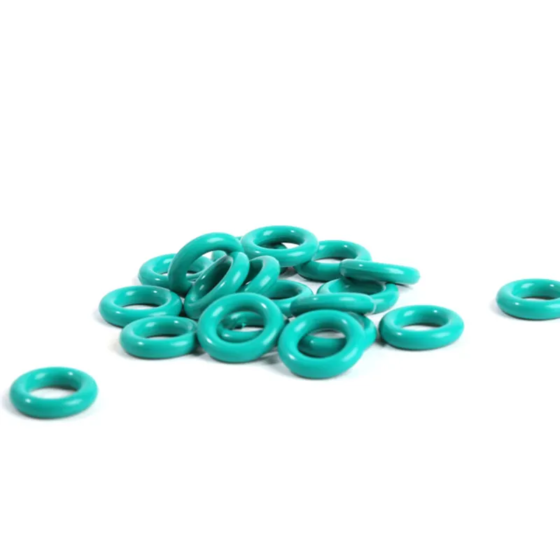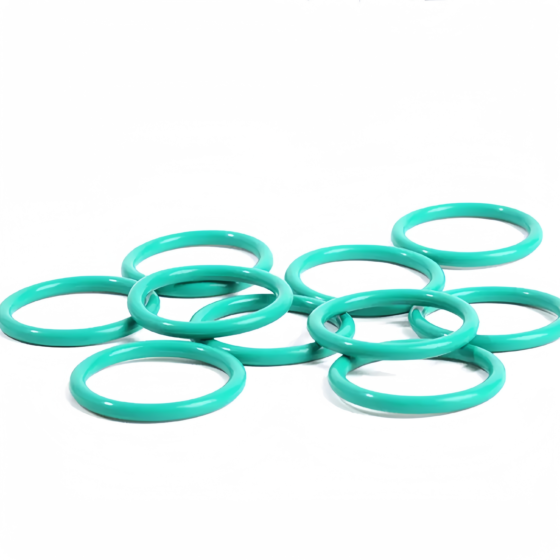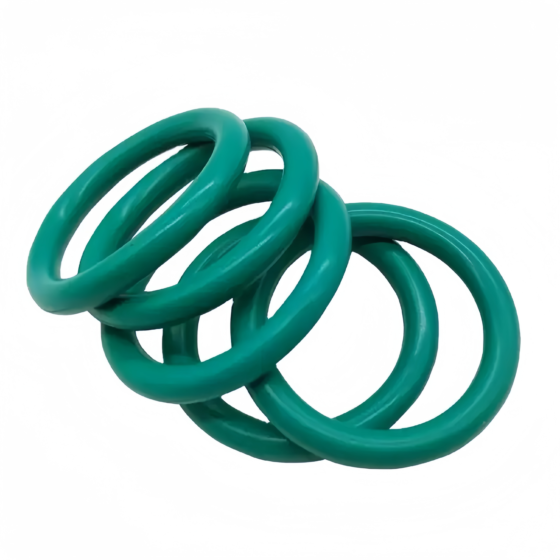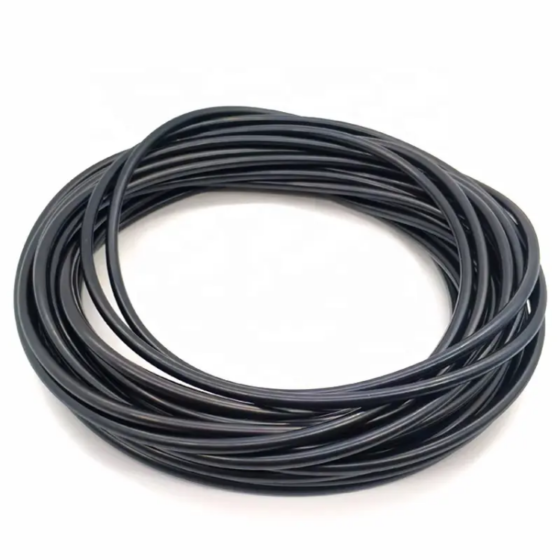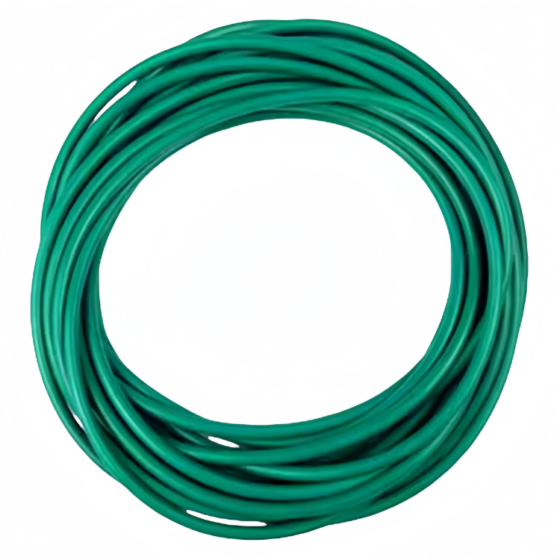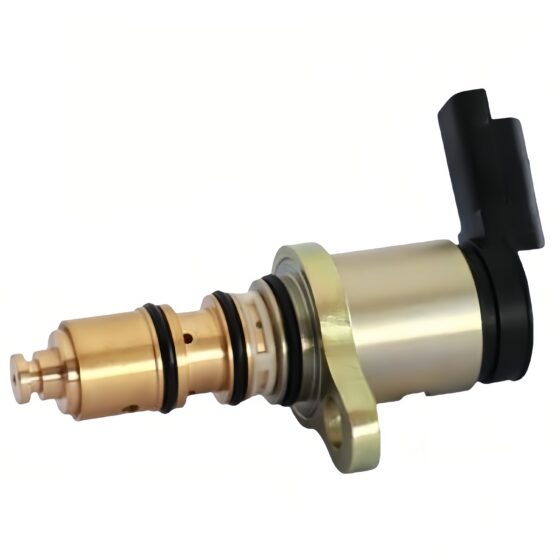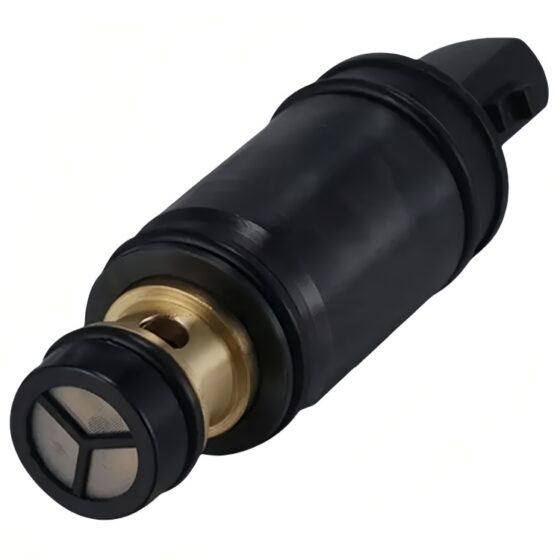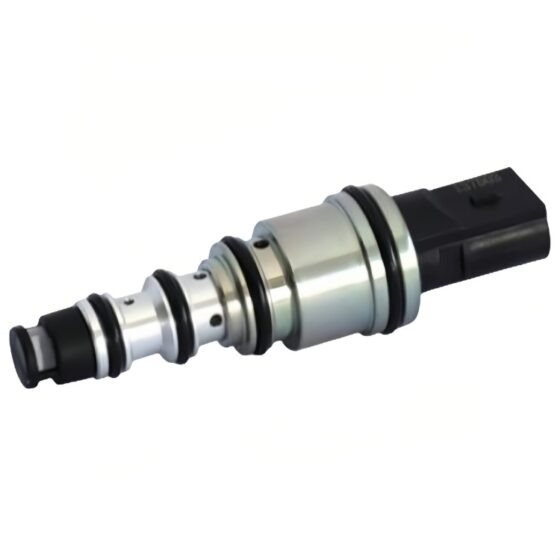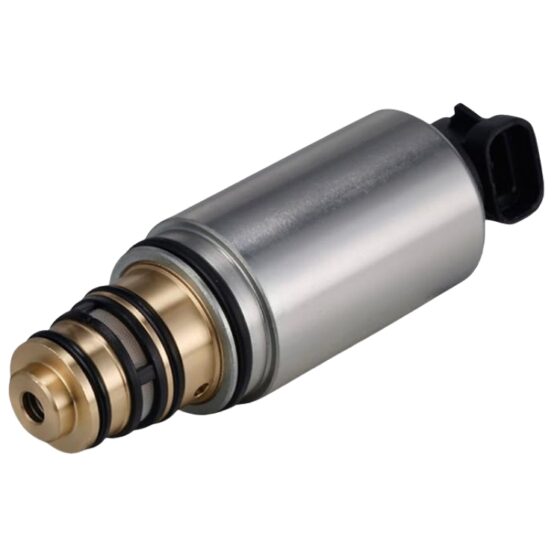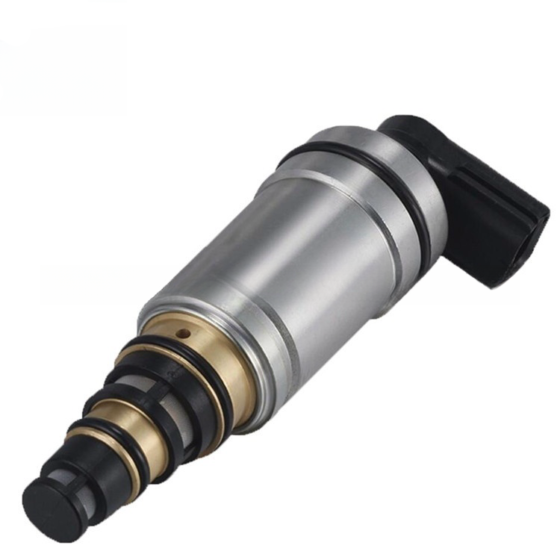Automotive air conditioning systems are crucial for passenger comfort, especially in extreme weather conditions. A key component of these systems is the compressor, which circulates refrigerant and facilitates heat exchange. The efficiency and reliability of the compressor depend significantly on the quality of its components, one of the most critical being the O-ring. This product introduction provides a comprehensive overview of the automotive air conditioning compressor O-ring, covering its material, design, function, installation, and maintenance.An O-ring is a circular sealing device made from elastomeric materials, designed to fit into a groove and compress between two or more parts, creating a seal. In the context of automotive air conditioning, O-rings are used to prevent refrigerant leaks and maintain system pressure, thereby ensuring efficient operation.
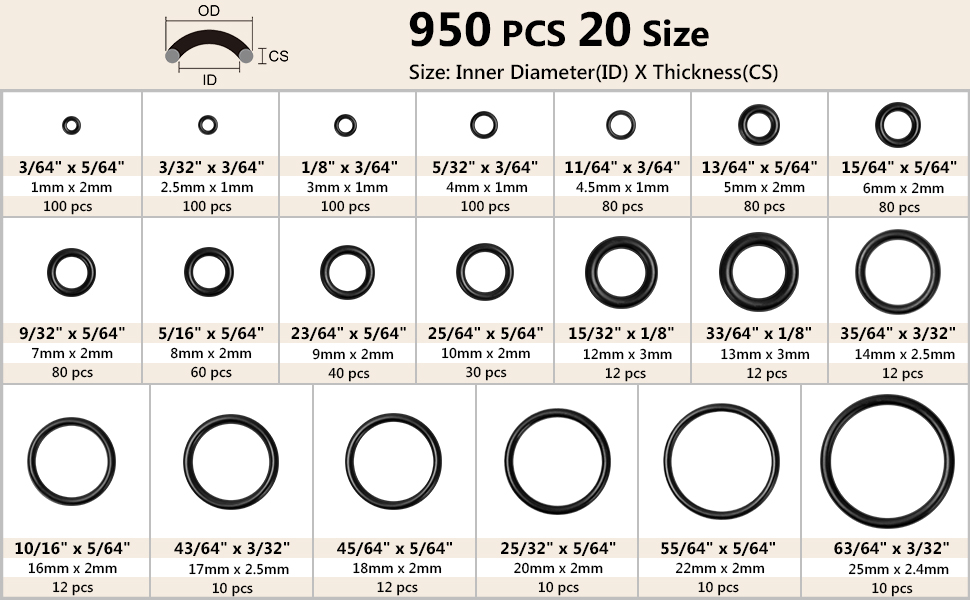
Importance of O-Rings in A/C Compressors
-
1. Sealing Capability
The primary function of an O-ring in an A/C compressor is to provide a reliable seal between components. This prevents the escape of refrigerant and oil, which are essential for the compressor’s operation. Leaks can lead to reduced efficiency, increased wear on the compressor, and ultimately system failure.
2. Durability and Longevity
High-quality O-rings are designed to withstand harsh automotive conditions, including temperature extremes, pressure fluctuations, and exposure to various chemicals. This durability is essential for maintaining the longevity of the air conditioning system.
3. Cost-effectiveness
Using reliable O-rings can significantly reduce maintenance costs. A small investment in high-quality O-rings can prevent costly repairs and replacements due to refrigerant leaks or compressor failure.
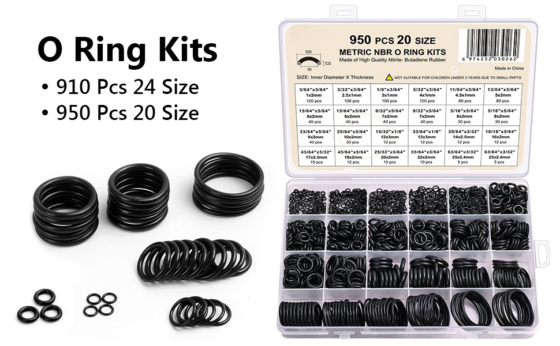
材料の選択
1. Nitrile Rubber (Buna-N)
Nitrile rubber is widely used for automotive O-rings due to its excellent resistance to petroleum-based oils and refrigerants. It offers good mechanical properties and is suitable for a broad temperature range, making it an ideal choice for A/C applications.
2. Fluorocarbon (Viton)
For high-performance applications, fluorocarbon O-rings are recommended. They provide superior resistance to heat, chemicals, and ozone, ensuring longer service life even in extreme conditions. However, they are generally more expensive than nitrile rubber.
3. Silicone Rubber
Silicone O-rings are known for their excellent temperature resistance and flexibility. They are suitable for applications where extreme temperature variations occur, although they may not offer the same chemical resistance as nitrile or fluorocarbon.
Design Considerations
1. Size and Profile
O-rings come in various sizes and profiles to fit specific grooves in A/C compressors. Proper sizing is crucial to ensure a tight seal. A well-designed O-ring profile allows for optimal compression without excessive deformation.
2. Compression Ratio
The compression ratio of an O-ring is critical for ensuring a proper seal. It refers to the amount the O-ring is compressed when installed. An ideal compression ratio balances sealing effectiveness and material longevity.
3. Surface Finish
The surface finish of the mating parts can significantly impact O-ring performance. A smooth finish reduces wear and enhances sealing capability, whereas a rough surface may lead to premature failure.
 蘇州ロジャー汽車零部件有限公司, 株式 会社.
蘇州ロジャー汽車零部件有限公司, 株式 会社.
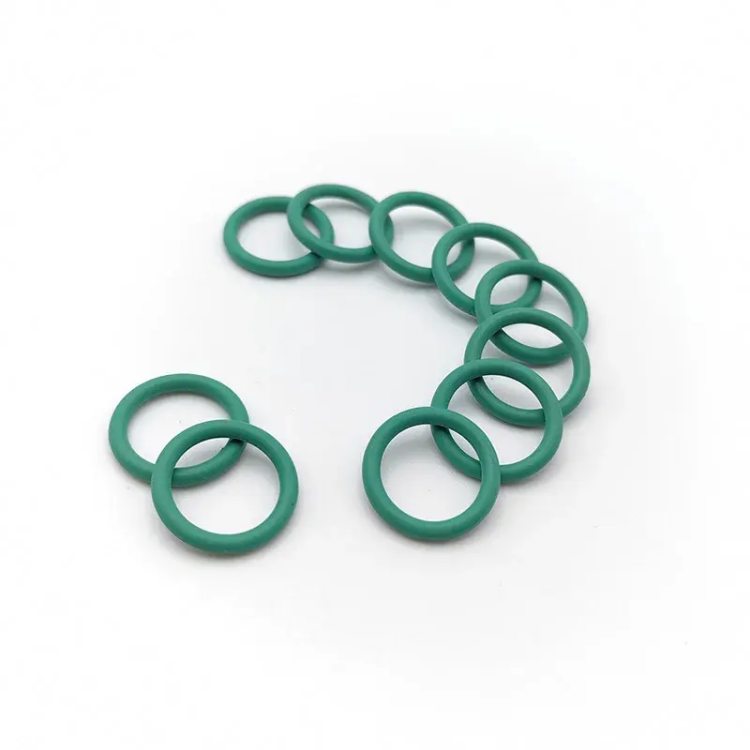
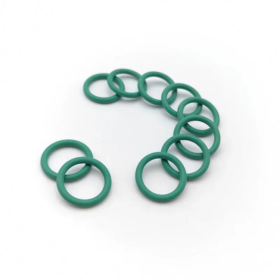
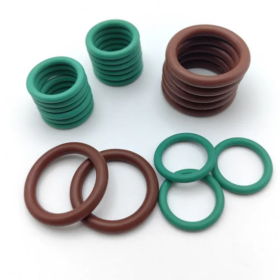
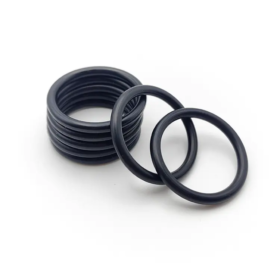
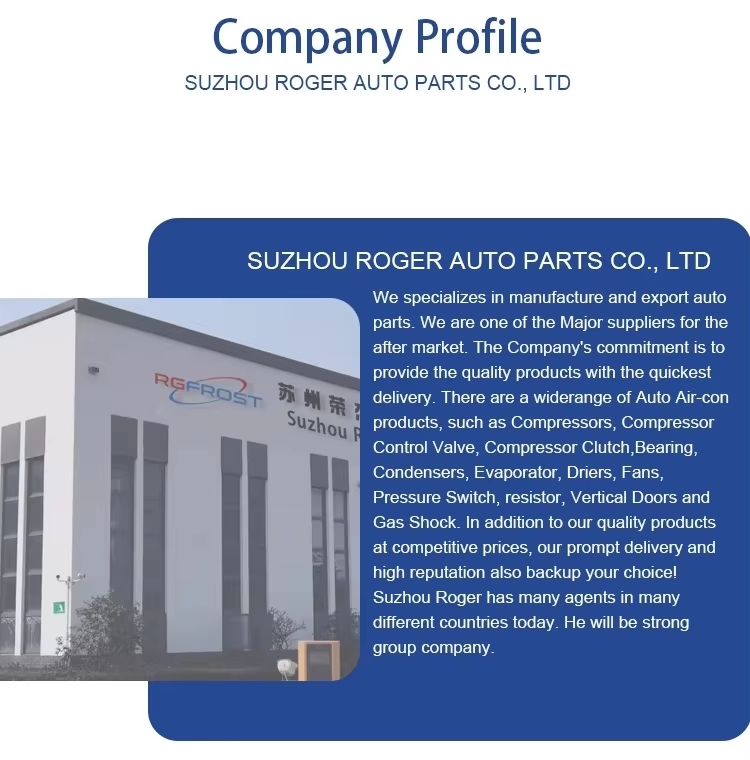
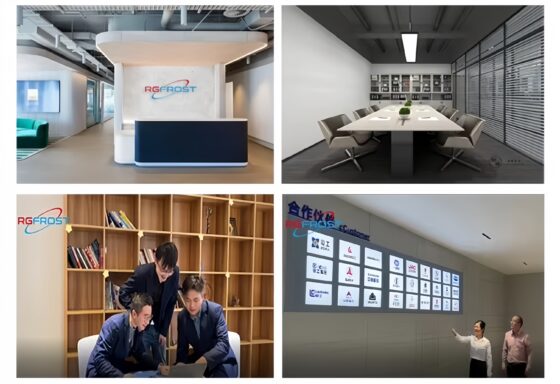
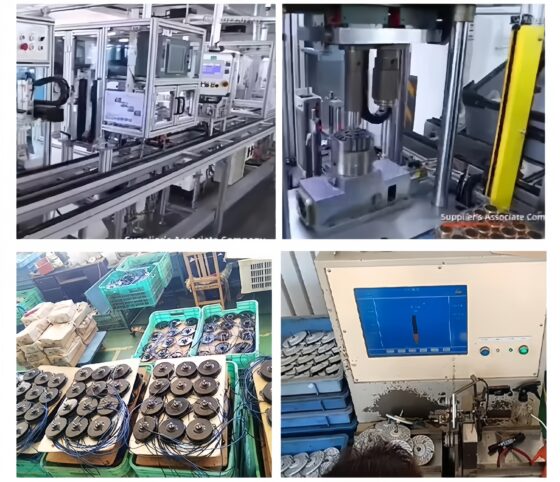 当社は長年の業界経験を有しています, 革新と優れたサービス品質をコアコンピタンスとして, 最高品質の製品とサービスをお客様に提供することをお約束します. 業界のリーダーとして, 私たちは常にお客様の要求志向を堅持します, そして、継続的な技術研究開発とプロセス改善を通じて, 当社の製品は、市場で優れた競争上の優位性を持っています.
当社は長年の業界経験を有しています, 革新と優れたサービス品質をコアコンピタンスとして, 最高品質の製品とサービスをお客様に提供することをお約束します. 業界のリーダーとして, 私たちは常にお客様の要求志向を堅持します, そして、継続的な技術研究開発とプロセス改善を通じて, 当社の製品は、市場で優れた競争上の優位性を持っています.
